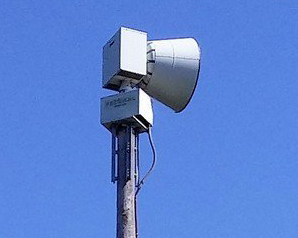As a brand-new county EMA director I was eager to work with the fifty-nine political subdivisions in my county to create a create an outstanding county-wide emergency management organization. I knew that fire chiefs, police chiefs, and service directors would all play key roles and my agency already had identified liaison officers within each community.
But I also expected that elected officials would have a baseline understanding of emergency management. Before engaging with any of these officials, I asked the state EMA what emergency management training or information they provided to newly-elected mayors and legislators. Since our state’s revised code required each political subdivision to fulfill certain emergency management requirements, I expected that someone, somewhere had provided that information – as well as some additional background information – to these officials. I was wrong.
While some mayors were familiar with emergency management, and a few were even conversant in it, most had no idea how our agency operated, what their responsibilities were, and how their community would be supported if disaster struck.
We immediately put together an educational program for elected officials consisting of office visits, e-mail updates, a newsletter, and a handbook titled Emergency Management for Elected Officials.
But it wasn’t only suburban mayors that had little awareness of what we were trying to do. I found that in general most people – including many senior leaders in my own county government – had little or no understanding of how emergency management would work in the county in the event of a major disaster.
As a director I found that general lack of understanding to be a significant obstacle over and over again, and I realized that public outreach was a lot more involved than the make-a-plan, build-a-kit mantra that we were accustomed to providing. Emergency managers can’t count on other people taking the time to learn about emergency management. They need to do everything they can to inform the community, create a sense of urgency, and encourage collaboration.
May 17, 2019
